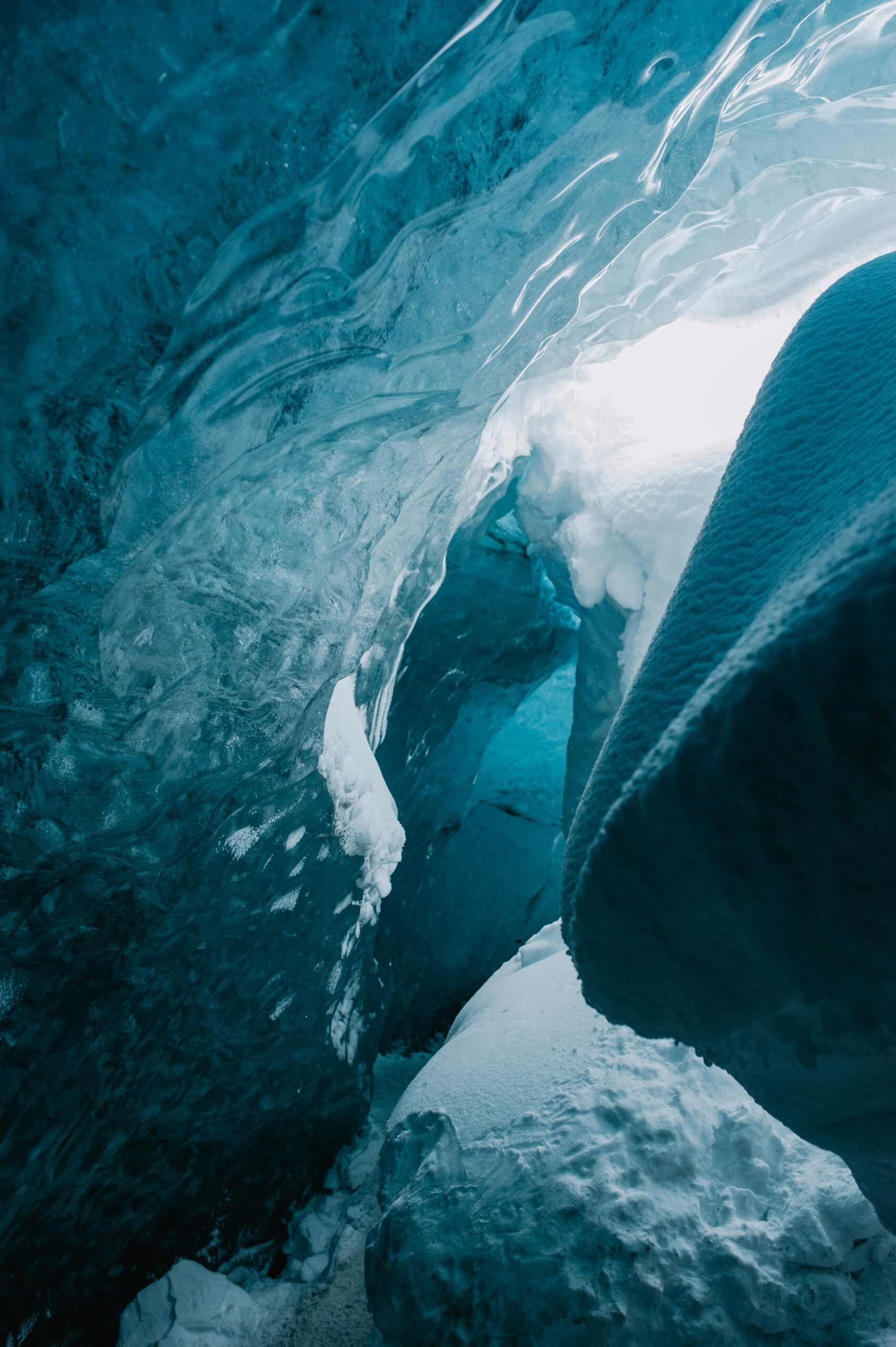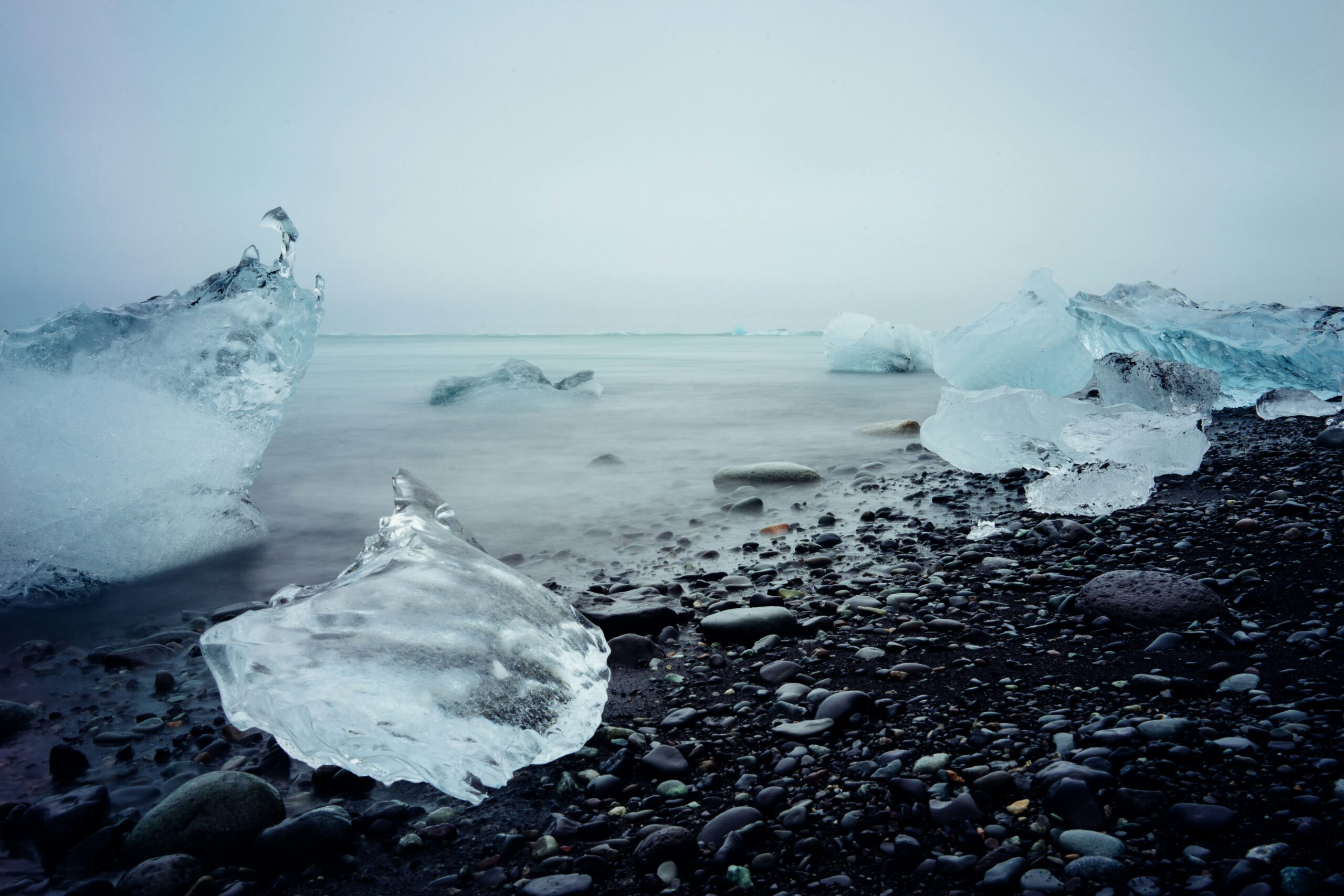Do ice burn scars go away? Have you ever wondered if those pesky ice burn scars will magically disappear over time? Let’s dive into the world of ice burn scars and find out if they really do go away.
Understanding Ice Burn Scars
Ice burn scars are a type of scar that occurs when the skin is exposed to extreme cold or ice for a prolonged period of time. These scars can range in severity and can be both physically and emotionally distressing. Understanding how ice burn scars form and the factors that affect their healing is crucial in managing and treating these scars effectively. By exploring the causes, management options, time frame for healing, prevention methods, and support available, you can gain a comprehensive understanding of ice burn scars.
What are ice burn scars?
Ice burn scars are the result of frostbite, a condition that occurs when the skin and underlying tissues freeze due to extreme cold exposure. Frostbite causes cellular damage and disrupts the blood flow to the affected area. As a result, ice burn scars can form, leaving behind visible marks on the skin. These scars may appear red, white, or brown and can vary in texture and size depending on the severity of the burn.
How do ice burn scars form?
Ice burn scars form as a result of the body’s natural response to frostbite. When the skin is exposed to extreme cold, the blood vessels constrict, reducing blood flow to the area. As the tissues freeze, cell damage occurs, leading to the formation of ice burn scars. The severity of the frostbite and the speed at which it was treated can impact the extent of the scarring. Factors such as the severity of the burn, the location of the burn, and the treatment received also play a role in scar formation.
Factors Affecting Healing
Do ice burn scars go away – Several factors can influence the healing process of ice burn scars. It is important to consider these factors when managing and treating these scars to ensure optimal outcomes.
Severity of the burn
The severity of the ice burn plays a significant role in the healing process. Superficial burns that only affect the top layers of the skin are more likely to heal without leaving a significant scar. However, deep tissue damage caused by severe frostbite may result in more pronounced and long-lasting scars.
Location of the burn
The location of the ice burn can affect the healing process as well. Areas with lesser blood supply, such as fingers, toes, ears, and nose, are more prone to developing ice burn scars. Scar tissue may form differently in these areas compared to other parts of the body, potentially leading to functional limitations or cosmetic concerns.
Treatment received
Prompt and appropriate treatment is crucial for minimizing the formation and severity of ice burn scars. Applying first aid measures such as rewarming the affected area, protecting it from further cold exposure, and seeking medical attention can significantly impact the healing process. Medical interventions, such as the use of topical treatments, non-invasive therapies, or surgical interventions, can also influence scar formation and recovery.
Do Ice Burn Scars Go Away – Management and Treatment Options
Managing and treating ice burn scars require a comprehensive approach that considers various options for scar reduction and skin healing.
Home remedies
Some home remedies can aid in the healing process and minimize the appearance of ice burn scars. Applying aloe vera gel, honey, or coconut oil to the affected area may promote skin regeneration and reduce inflammation. Keeping the area moisturized and protected with a breathable bandage can also contribute to the healing process.
Topical ointments and creams
There are numerous over-the-counter topical ointments and creams available that claim to improve the appearance of scars. These products usually contain ingredients like silicone, onion extract, or vitamin E, which are believed to have scar-reducing properties. While these products may provide some benefits, it’s important to consult with a dermatologist or healthcare professional before using them to ensure they are suitable for your specific situation.
Non-invasive treatments
Non-invasive treatments, such as laser therapy, microdermabrasion, or chemical peels, can be effective in reducing the appearance of ice burn scars. These treatments work by stimulating collagen production, improving skin texture, and promoting scar remodeling. The suitability and effectiveness of these treatments may vary depending on the individual case and should always be performed by qualified professionals.
Surgical interventions
In severe cases where ice burn scars cause functional limitations or significant cosmetic concerns, surgical interventions may be necessary. Procedures such as scar revision, tissue grafting, or dermabrasion can help improve the appearance and functionality of the affected area. It is important to consult with a plastic surgeon or dermatologist to assess the suitability and potential risks of surgical interventions.
Time Frame for Healing
The healing process for ice burn scars is gradual and can span over an extended period of time. Understanding the different stages of healing can help manage expectations and plan for appropriate treatments.
Initial healing
In the initial stages of healing, the body focuses on repairing the damaged tissues and reducing inflammation. This stage typically lasts for a few weeks and is characterized by the formation of a scab or crust over the affected area. During this time, it is crucial to keep the area clean, moisturized, and protected to promote optimal healing.
Long-term healing
The long-term healing of ice burn scars can take several months or even years. During this period, the scars may continue to evolve, change in color, and gradually fade. The use of scar management techniques and treatments can help expedite the healing process and improve the appearance of the scars. It is important to be patient and consistent throughout this healing journey, as the skin’s natural rejuvenation process takes time.

Prevention of Ice Burns and Scarring
Preventing ice burns and the subsequent formation of scars is crucial in minimizing the physical and emotional impacts associated with these injuries. By implementing preventive measures, you can reduce the risk of frostbite and related complications.
Avoiding exposure to extreme cold
The most effective method of preventing ice burn scars is to avoid prolonged exposure to extreme cold temperatures. Limit outdoor activities in freezing weather or use protective clothing and gear to shield vulnerable areas of the body.
Proper insulation and protective clothing
Proper insulation and protective clothing are key factors in preventing ice burns. Layering clothing, wearing thermal socks, gloves, and hats, and using waterproof and wind-resistant materials can help maintain body heat and protect the skin from cold-related injuries.
Use of caution with ice and cold substances
Handling ice and cold substances with caution is vital to prevent injuries and subsequent scarring. Avoid direct contact with ice for prolonged periods, as this can lead to frostbite. When handling ice or cold objects, use protective gloves or other insulating materials to minimize the risk of injury and thermal damage.
Professional Medical Advice
While home remedies and preventive measures can be helpful, it is always important to seek medical attention when dealing with ice burn scars. Prompt medical advice and intervention can aid in the proper assessment, treatment, and management of these scars.
Seeking medical attention
If you suspect frostbite or notice any signs of ice burn, it is crucial to seek medical attention promptly. A healthcare professional can assess the severity of the burn, provide appropriate treatment, and offer guidance on further care.
Consulting with a dermatologist
For individuals with existing ice burn scars, consulting with a dermatologist is essential. A dermatologist can provide personalized recommendations for scar management, suggest suitable treatment options, and monitor the healing progress. They may also offer advice on skincare routines and lifestyle modifications to optimize scar healing.

Importance of Patience and Self-Care
Dealing with ice burn scars can be emotionally challenging, and it is important to prioritize patience and self-care throughout the healing process.
Managing expectations
Understanding that scar healing is a gradual process and that complete resolution may not be possible can help manage expectations. Each individual’s healing journey is unique, and results may vary. Celebrating small improvements and focusing on overall well-being can help maintain a positive mindset.
Emphasizing self-care and self-acceptance
Investing in self-care practices and emphasizing self-acceptance can have a significant impact on emotional well-being during the healing process. Engaging in activities that promote self-confidence, seeking support from loved ones, and practicing self-compassion can help navigate the physical and emotional challenges of dealing with ice burn scars.
Impact of Ice Burn Scars
Ice burn scars can have both physical and emotional impacts on individuals affected by them. Understanding and addressing these impacts is crucial for holistic healing.
Physical impacts
Ice burn scars can cause physical discomfort, such as itching, pain, or sensitivity in the affected area. They may also limit mobility or lead to functional limitations, particularly if the scars are on joints or extremities. Seeking appropriate medical intervention and exploring scar management techniques can help alleviate these physical impacts.
Emotional and psychological impacts
The visibility of ice burn scars can have a significant impact on one’s emotional well-being. Scars that are noticeable or perceived as disfiguring may lead to self-consciousness, low self-esteem, or body image issues. It is important to address these emotional and psychological impacts through counseling, support groups, or professional therapy.
Support and Resources
Several support groups, medical professionals, and resources are available to assist individuals dealing with ice burn scars.
Support groups and forums
Joining support groups or online forums can provide a sense of community and offer a platform to connect with others facing similar challenges. Sharing experiences, exchanging tips, and obtaining emotional support from individuals who understand can be invaluable during the healing process.
Medical professionals and specialists
Consulting with medical professionals, including dermatologists, plastic surgeons, or wound care specialists, can provide access to expert advice, treatment options, and ongoing care. These professionals can offer guidance tailored to individual needs and monitor the progress of scar healing.
Psychological counseling
Seeking psychological counseling or therapy can help individuals cope with the emotional and psychological impacts of ice burn scars. A mental health professional can provide support, guidance, and strategies for managing body image concerns, self-esteem issues, and psychological distress.
Conclusion
Ice burn scars can be physically and emotionally challenging to deal with, but with proper understanding, management, and support, individuals can navigate the healing process more effectively. By recognizing the factors that influence scar formation, exploring treatment options, prioritizing prevention, and seeking professional advice, you can take proactive steps towards minimizing the impacts of ice burn scars. Remember to practice patience, prioritize self-care, and seek the support you need to embrace self-acceptance and overall well-being.
Hopefully this article has covered the many issues and causes of ice burns and we have managed to answer your questions. Please take a look at ‘Does Frostbite From Ice Pack Go Away‘, which should cover more issues related to extreme weather ailments.
